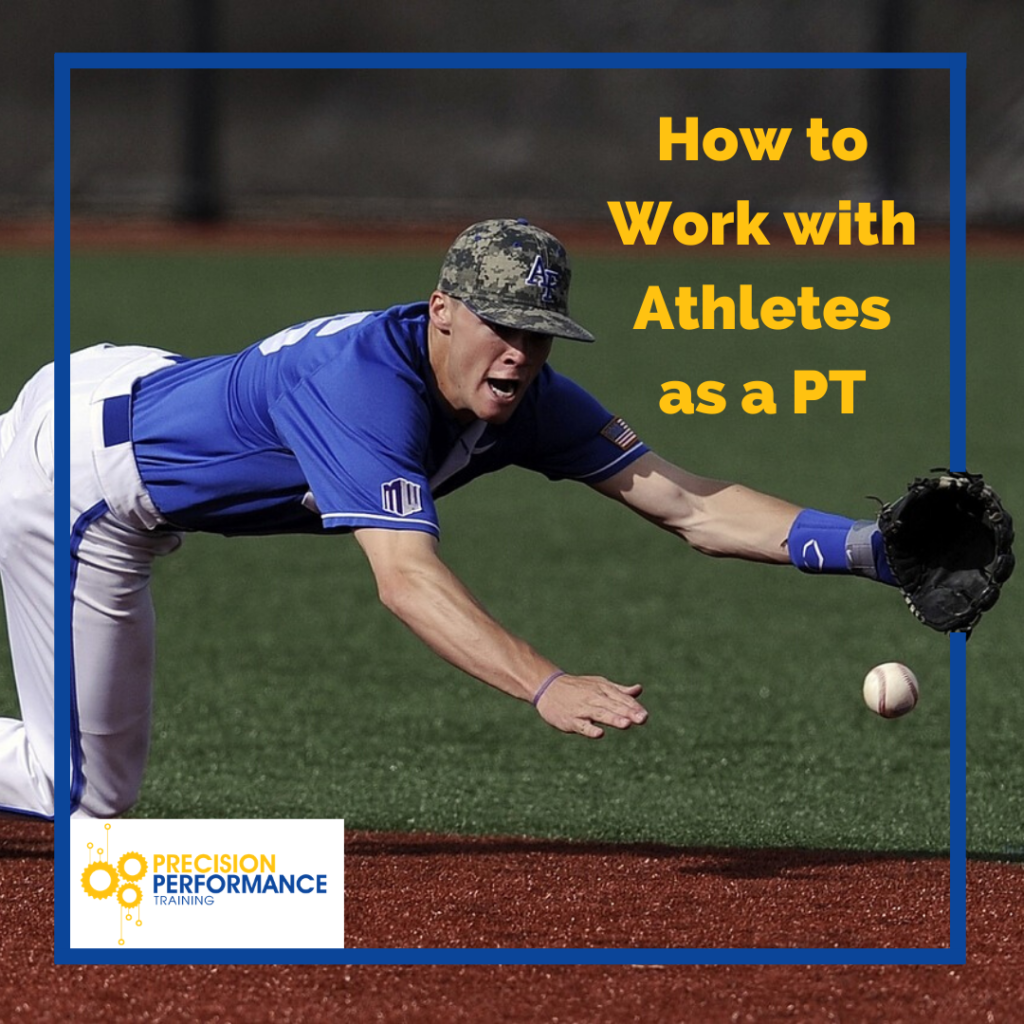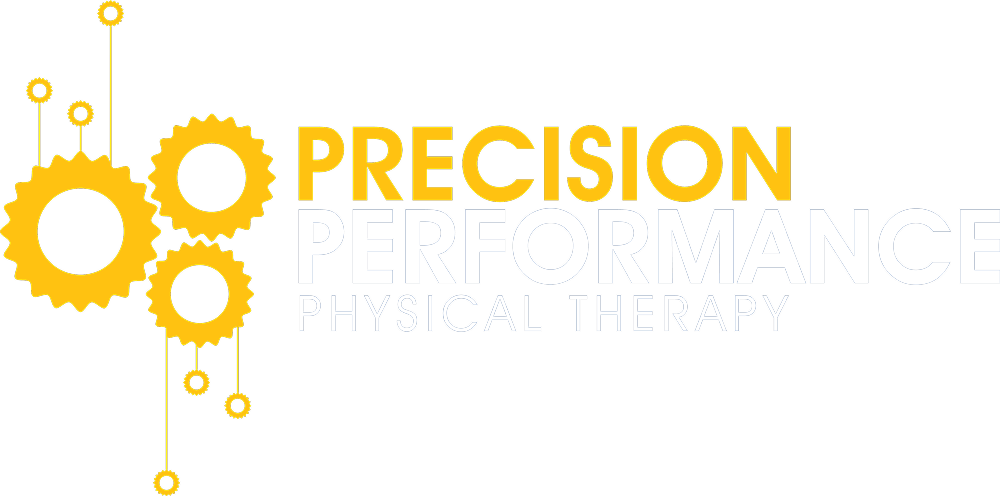All You Need to Know to Become a Physical Therapist Who Works With Athletes

Working with high-level athletes requires a lot more than having played on your middle school soccer team. Physical therapists play a significant role when it comes to training and helping athletes bounce back from an injury, so there is a lot of pressure on the PT to get the athlete back in shape in a timely manner. There is also a lot you need to know before starting your career as a PT for athletes. Here, we lay out the important things to know before you start working with athletes and how to best work with them when you do:
Experience Training Yourself
Training experience is a must. You need to understand the demands of certain movements on the body before working with athletes. It is crucial to also know the relationship of intensity and volume, how workouts impact your client day-to-day, and how it can impact the next training session or sports practice. Because you are prescribing exercise to your patients, it’s imperative that you have a great understanding of what you’re actually prescribing and how that impacts their body.
Know How to Program
Athletes have a lot at stake, so you need to understand how to load and appropriately apply stress to their bodies in an efficient amount of time. You need to know what you’re programming and why you’re programming it. The best way to understand this is to practice programming on yourself. Remember that your performance levels will be less than theirs, but self-programming will help give you a better idea of recovery time and what the athlete feels during each stage of your program.
Empathize With Athletes
When you work with a baseball player, go outside and throw with him. From there, you can better understand the athlete’s movements and curate a program together. If you’re working with an olympic lifter you’ve got to step on the platform and execute the clean and press with them. Having a background in the sport the athlete plays goes a long way. Then, you will not only have the physical therapy technique down, but also credentials as an athlete in that sport. You don’t have to be the best or even very good at the sport, but you have to understand the emotions and stresses an athlete in that sport will face.
Understand the Mentality
What is the player’s goals and what do they want to get back to? Regardless of their ability to function and the pain they’re experiencing, many athletes want to rush the healing process and get back in the game. You have to be able to educate the individual on how to properly modify movements so not to reinjure themselves. Understanding how to communicate while allowing them to still participate in a modified role is very important.
Form Relationships With Your Athletes
As physical therapists, it’s easy to develop a false sense of confidence assuming that what we prescribe is what they’re going to do. That’s typically not the case. You need to be willing and able to create buy-in with your athletes and teams. You can’t just go up to an athlete and demand three sets of 10 without establishing a relationship. They might do everything for you in the gym, but you need to set up trust and communication, so they can tell you of any shortcomings they had with their programming. You may encounter an athlete who is too proud to admit pain or that they didn’t do what was prescribed. If your form a relationship with your athlete, you will be more effective in creating the best, tailored training program for them.
Communicate With Coaches
Does the athlete have to perform because they have a college scholarship on the line? Is the team close to making the playoffs? These are questions that a coach should easily be able to answer for you. Don’t be afraid to step outside your comfort zone and form relationships with coaches. Most coaches will appreciate your investment in the athlete. It’s also important to talk with the coach, so you can gauge whether they understand training around injuries. Good communication with a good coach makes a huge difference when training.
What these all boil down to is walking a mile in their shoes – or in their case, sprinting a mile in their cleats. Go into internship interviews or mentorships with this knowledge in mind and you will be sure to land a position where you can be a PT who works with athletes.
For a more detailed discussion on how to become a PT who works with athletes, check out this podcast episode where we discuss our own experiences: https://soundcloud.com/training_room_talk/so-you-are-a-physical-therapist-who-wants-to-work-with-athletes
